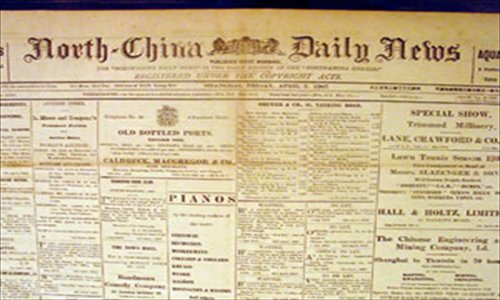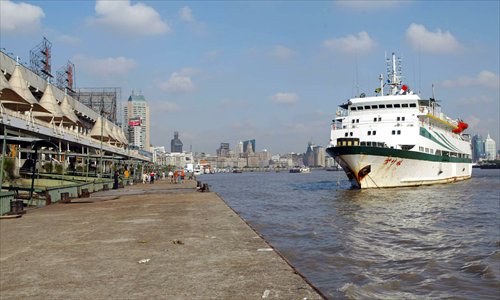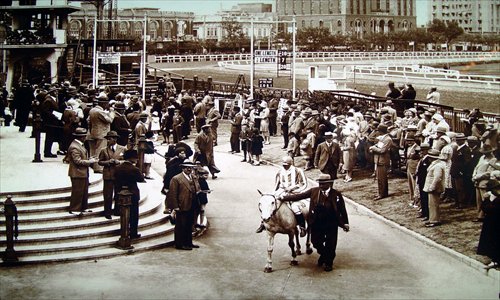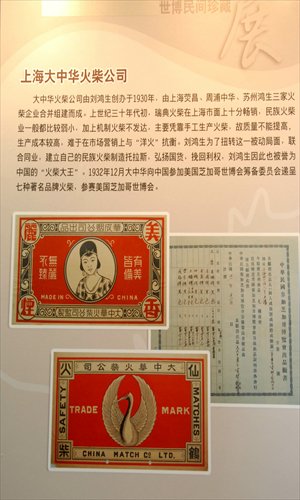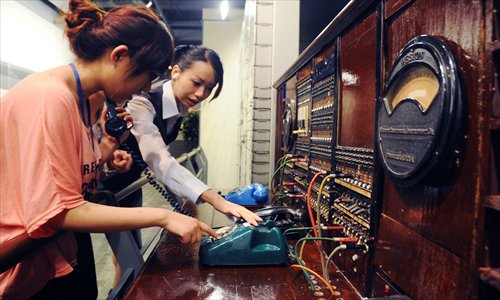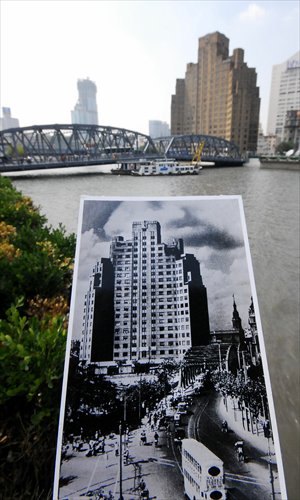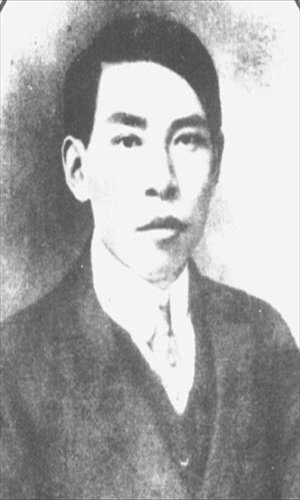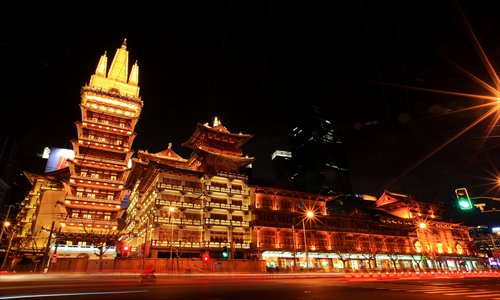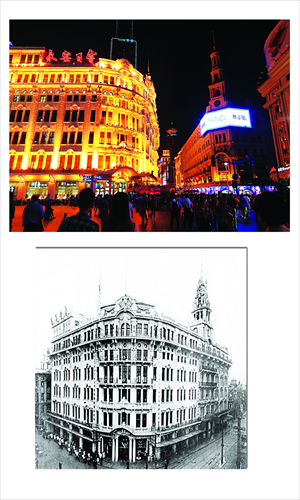The headlines that made history
Shanghai had no newspapers until it was opened to the outside world in the mid-19th century when foreigners published the first English-language newspaper here. The history of newspapers in the city reflects the history of the country and the city itself. The first few foreign newspapers began a flood of information broadsheets and tabloids throughout the country. Just before the People's Republic of China was founded, there were some 4,000 newspapers being published in China – more than 1,800 in Shanghai.
The berth of a nation
Shiliupu Wharf has been a vital part of Shanghai's commercial life for 150 years. In June it will enjoy a new incarnation as a waterfront commercial center, just one more change in a life that has seen it grow from a place where fishermen gathered hundreds of years ago, to become the largest wharf in the Far East and, soon, a vital connection for Shanghai's tourism and service industries.
The days at the races
On the northwestern side of the People's Square in Shanghai stands one of the few buildings remaining that people from the 1930s would recognize immediately. They would have known it as the Shanghai Race Club's clubhouse, one of the most ornate and elegant race clubhouses in the world at the time.
When Shanghai's tycoons stood tall
They started with bags of flour and boxes of matches but went on to be some of Shanghai's richest and most successful men in the 1920s and 1930s. They led the way for the thousands of entrepreneurs who would follow them many years later and their achievements and techniques are still discussed at business schools throughout the country.
Ringing the changes
The impressive four-story Renaissance-style building at No.7 on the Bund once housed the Great Northern Telegraph Corporation (GN), a Danish company that became Shanghai's first telephone company. In May 1881, five years after Alexander Graham Bell invented the telephone, GN applied to the Shanghai International Settlement and the French Concession for permission to introduce the new telecommunication device to the city. The building (completed in 1908) is now home for the Bangkok Bank and the Royal Thai Consulate General.
The buildings that became the stars
In the scores of films and television shows that have Shanghai as a setting, there are three historic buildings that constantly appear and which are fondly remembered by the city and its inhabitants – the Great World Entertainment Center (Dashijie), the Paramount Ballroom and the Garden Bridge.
Murder, mayhem and money
Du Yuesheng (1888–1951) remains a household name in Shanghai today, more than half a century after his death. Many regard him as the most powerful person in Shanghai of the 1930s and the most famous gangster of the old days. But Du was actually one of a trio of powerful gangsters. His rise to power could never have happened without the oldest of the trio – Huang Jinrong (1868–1953).
Extravagance, passion and armies
In 1862, the General Racing Club of the then British Concession built a road to cross its borders through the now Xizang Road Middle and extending west to the old Jing'an Temple. The British built the road to help the Qing Dynasty (1644–1911) government battle the Taiping Army, which was trying to overthrow the dynasty government. With this road built, army reinforcements could be moved swiftly to the west of the city.
When the shops showed style
On December 28, 2012, the Shanghai First Food Store on East Nanjing Road reopened after nine months of refurbishment. The same interior designer who had renovated London’s Harrods department store, David Callcott, of the CADA Design Group, had redesigned the interiors of the 86-year-old eclectic-style building and turned it into a modern food palace. As shoppers flocked to the new store, history turned another page.
